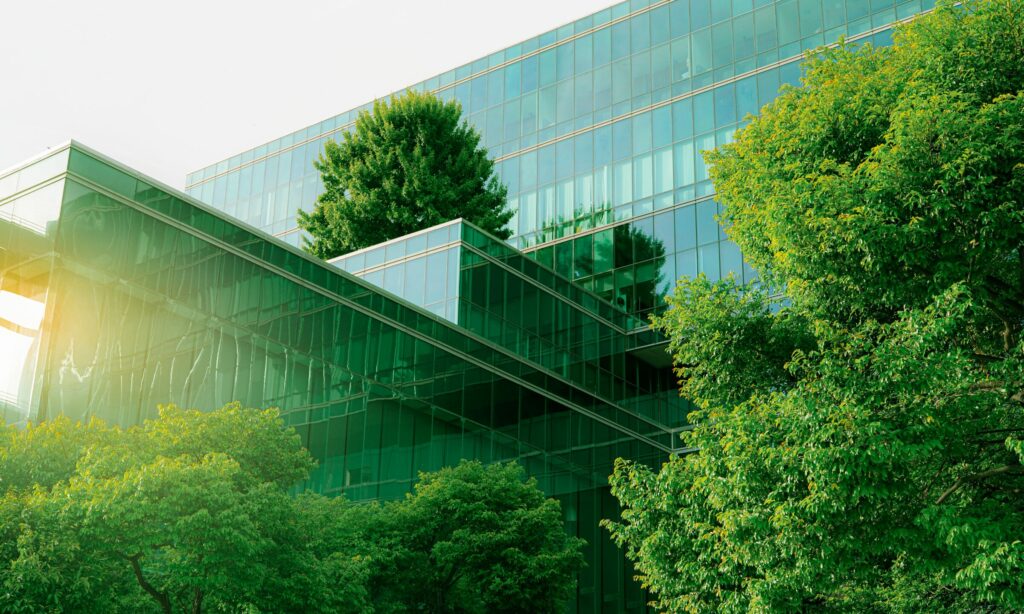The article explores the vital connection between biodiversity and business, asserting that nature and industry are deeply linked. It underscores the necessity of integrating biodiversity considerations into business strategies, emphasizing the complexities of ecological restoration. Understanding these dynamics is crucial for mitigating risks and ensuring sustainable growth.
The article advocates for a holistic approach to sustainability, urging businesses to see biodiversity as a fundamental aspect of their operations and future planning.
Equipped with insights into the interconnection between biodiversity and business, you’re ready to address the broader environmental risks beyond climate change. At RiskSphere, we specialize in guiding you through such complexities.

